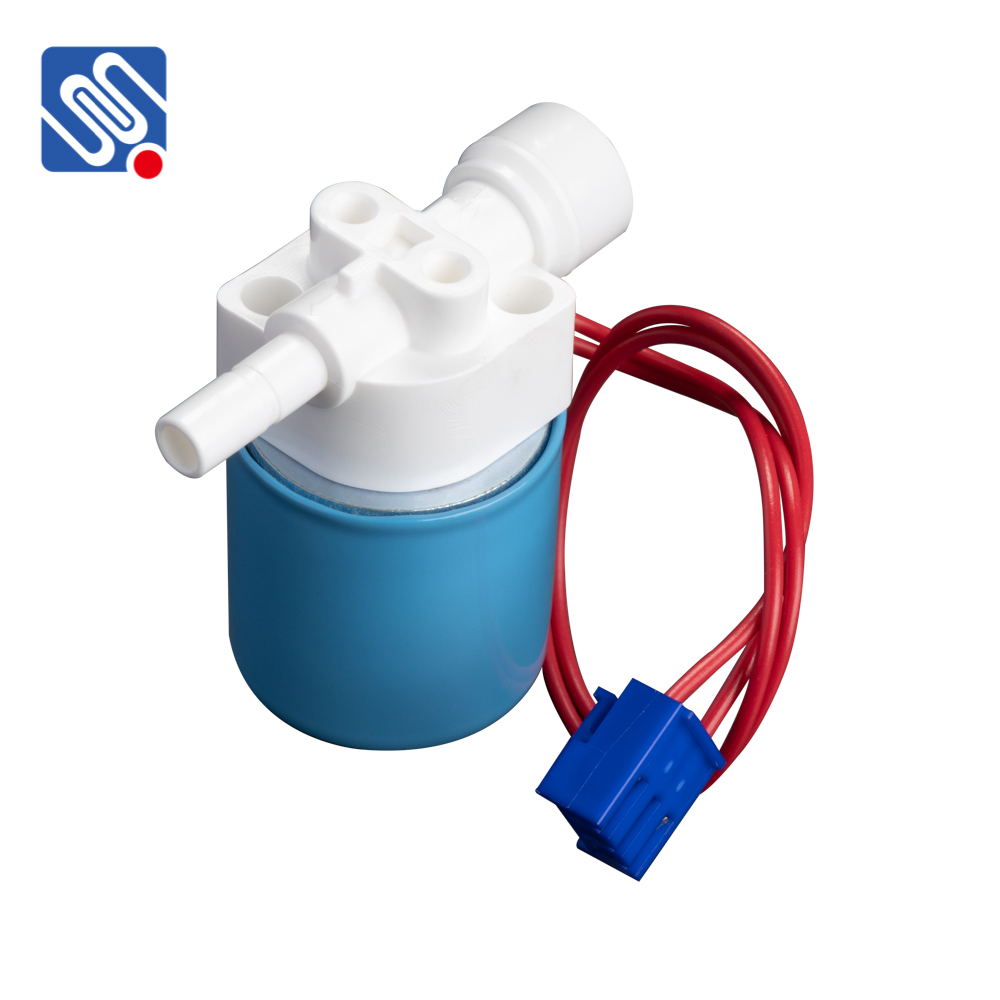In the realm of water treatment, reverse osmosis (RO) technology plays a crucial role in ensuring clean and purified water. One of the key components that help regulate the water flow and maintain efficiency in RO systems is the RO solenoid valve. These valves, small yet powerful, are integral in controlling the flow of water, and their performance is directly linked to the effectiveness of the entire water filtration process.

What is an RO Solenoid Valve? An RO solenoid valve is an electrically operated valve that controls the flow of water within a reverse osmosis system. The solenoid mechanism works by using an electromagnetic field to open or close the valve, allowing or stopping water flow based on the system’s needs. These valves are typically used to manage the flow of water into or out of the system and can also be involved in controlling the pressure levels, making them an essential part of ensuring optimal performance. How Does an RO Solenoid Valve Work? The core functionality of an RO solenoid valve lies in its electrical operation. The solenoid valve contains a coil of wire through which electric current flows. When the system is powered, the coil generates a magnetic field, causing the valve to open or close. This action controls the flow of water either to the reverse osmosis membrane or to the storage tank.